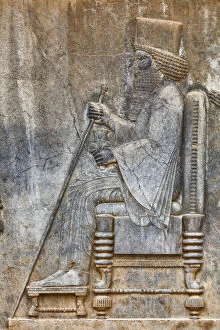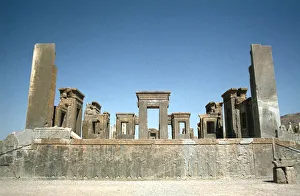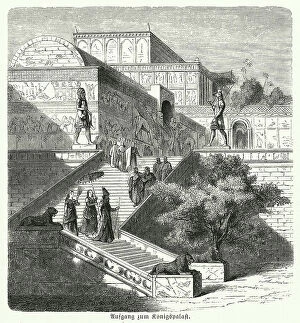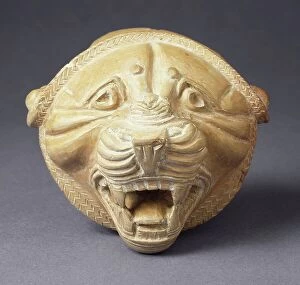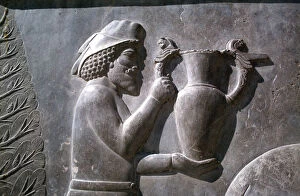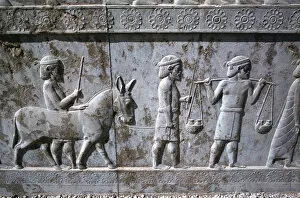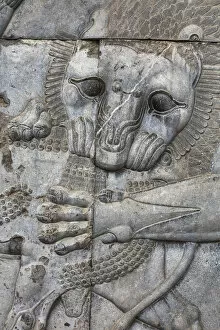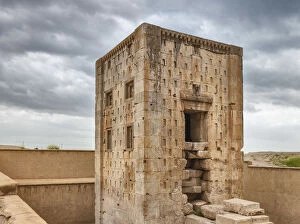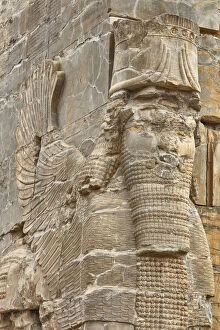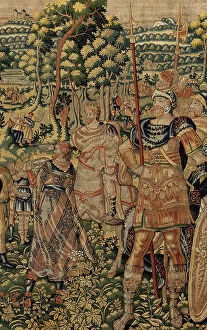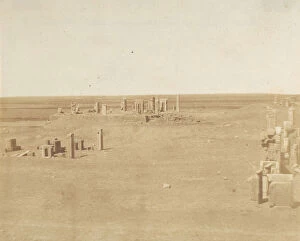Achaemenian Collection
The Achaemenian Empire, also known as the Persian Empire, was a powerful civilization that ruled over Iran and other parts of the ancient world
All Professionally Made to Order for Quick Shipping
The Achaemenian Empire, also known as the Persian Empire, was a powerful civilization that ruled over Iran and other parts of the ancient world. One of its most iconic cities was Persepolis, which served as the ceremonial capital of the empire in Fars Province. Persepolis was adorned with magnificent reliefs that showcased the grandeur and might of the Achaemenid rulers. The Apadana Palace, located in Persepolis, featured intricate carvings depicting various scenes from daily life and important events such as battles. One notable battle depicted in these reliefs is the Battle of Salamis in 480 B. C. , where King Xerxes I led his Persian army against Themistocles' Greek forces. This historic sea battle played a crucial role in shaping ancient history. Other reliefs at Persepolis showcase different aspects society. For instance, there are depictions of Sogdians, an important ethnic group within the empire. Additionally, one relief portrays a fierce lion attacking a bull symbolizing power and strength. The artistic prowess of this civilization extended beyond stone carvings to include exquisite metalwork. An example is a Mesopotamian Silver and Gold winged goat dating back to the 4th century BC—an impressive testament to their craftsmanship. Apart from Persepolis, other significant sites associated with the Achaemenians include Pasargadae—the final resting place of Cyrus the Great—and Naqsh-e Rustam—a necropolis featuring rock-cut tombs for several kings including Darius I.

